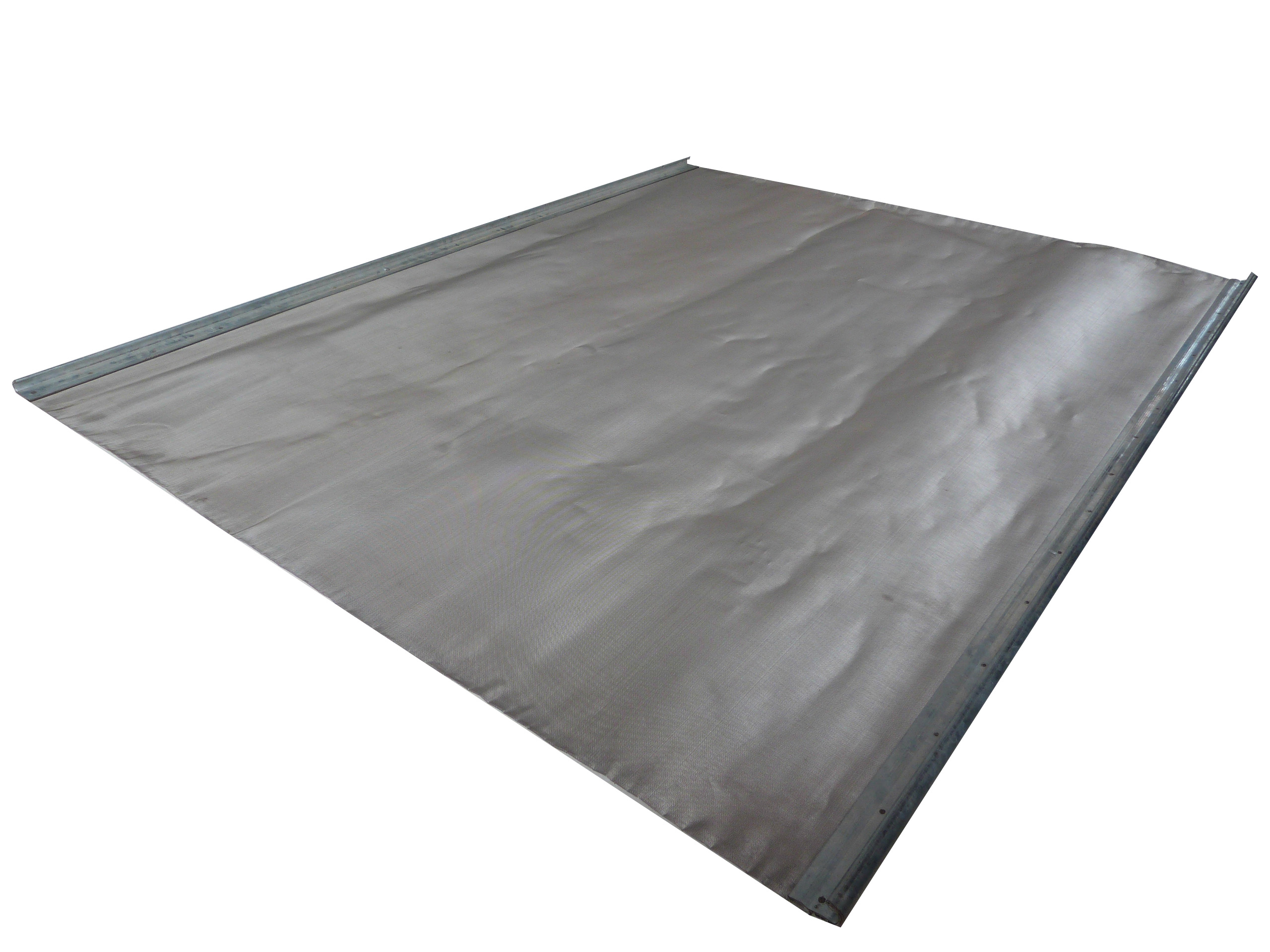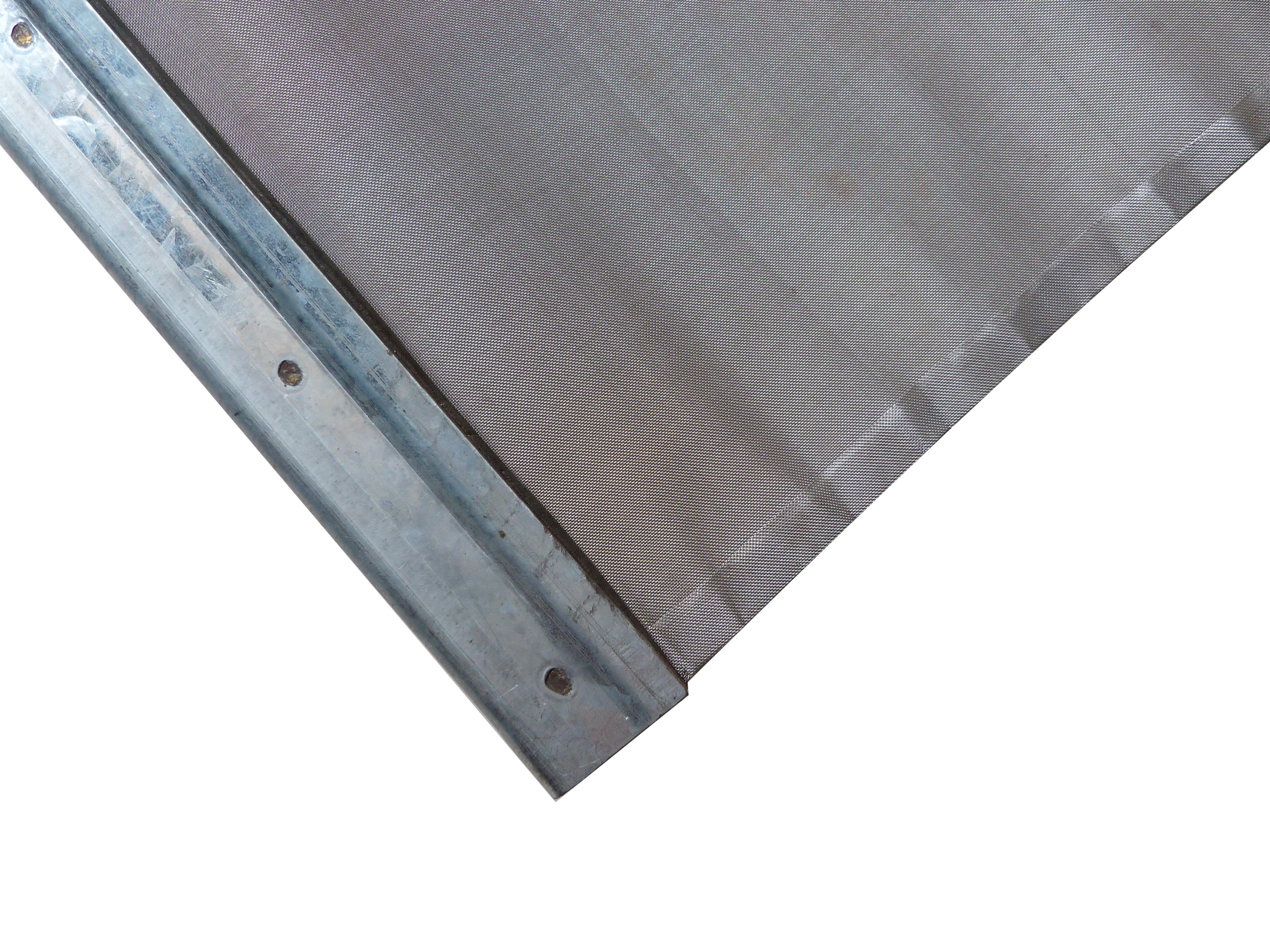What are the advantages and disadvantages of power batteries and energy storage batteries?
So far, China has not reached the level that the United States and Japan regard stored energy storage as an independent industry and introduce specific support policies. Especially in the absence of a mechanism for energy storage, the commercialization model of the energy storage industry has not yet formed. .
Lead-acid batteries are generally used for high-power storage of batteries, mainly used for emergency power supply, battery vehicles, and storage of surplus energy in power plants. Rechargeable dry batteries can also be used in low-power applications: nickel-metal hydride batteries, lithium-ion batteries, etc. This article follows the small series to understand the advantages and disadvantages of the nine battery storage.
Advantages and disadvantages of battery energy storage (analysis of nine energy storage batteries)
First, lead acid battery
The main advantage:
1. The raw materials are easy to obtain and the price is relatively low;
2. High rate discharge performance is good;
3, good temperature performance, can work in the environment of -40 ~ +60 ° C;
4, suitable for floating charge use, long service life, no memory effect;
5. The used batteries are easy to recycle, which is conducive to environmental protection.
Main disadvantages:
1, the specific energy is low, generally 30 ~ 40Wh / kg;
2, the service life is not as good as Cd/Ni battery;
3, the manufacturing process is easy to pollute the environment, must be equipped with three waste treatment equipment.
Second, nickel-hydrogen battery
The main advantage:
1. Compared with lead-acid batteries, the energy density is greatly improved, the weight energy density is 65Wh/kg, and the volumetric energy density is increased by 200Wh/L;
2. High power density, high current charge and discharge;
3. Good low temperature discharge characteristics;
4, cycle life (up to 1000 times);
5. Environmental protection and no pollution;
6. Technical comparison Lithium-ion battery is mature.
Main disadvantages:
1. The normal working temperature range is -15~40°C, and the high temperature performance is poor;
2, the working voltage is low, the working voltage range is 1.0 ~ 1.4V;
3, the price is more expensive than lead-acid batteries, nickel-metal hydride batteries, but the performance is worse than lithium-ion batteries.
Third, lithium ion battery
The main advantage:
1. Higher specific energy;
2. The voltage platform is high;
3, good cycle performance;
4, no memory effect;
5, environmental protection, no pollution; currently is one of the best potential electric vehicle power battery.
Fourth, super capacitor
The main advantage:
1. High power density;
2. The charging time is short.
Main disadvantages:
The energy density is low, only 1-10Wh/kg, and the supercapacitor cruising range is too short to be used as the mainstream power source for electric vehicles.
Advantages and disadvantages of battery energy storage (analysis of nine energy storage batteries)
Five, fuel cell
The main advantage:
1. It has higher specific energy and longer mileage.
2. High power density, high current charge and discharge;
3. Environmental protection, no pollution.
Main disadvantages:
1. The system is complex and the technology maturity is poor;
2. The construction of hydrogen supply system lags behind;
3. There are high requirements for sulfur dioxide in the air. Due to serious domestic air pollution, fuel cell vehicles in China have a short life span.
Six, sodium sulfur battery
Advantage:
1. High specific energy (theory 760 wh/kg; actual 390 wh/kg);
2, high power (discharge current density up to 200 ~ 300mA / cm2);
3, charging speed is fast (filled with 30min);
4, long life (15 years; or 2500 ~ 4500 times);
5, no pollution, recyclable (Na, S recovery rate of nearly 100%); 6, no self-discharge phenomenon, high energy conversion rate;
insufficient:
1. The working temperature is high, and its working temperature is between 300 and 350 degrees. When the battery is working, it needs a certain heating and heat preservation, and the startup is slow;
2, the price is expensive, 10,000 yuan per kWh;
3. Poor security.
Seven, flow battery (vanadium battery)
advantage:
1. Safe and deep discharge;
2, large scale, storage tank size is not limited;
3. There is a large charge and discharge rate;
4, long life, high reliability;
5, no emissions, low noise;
6, charging and discharging switching fast, only 0.02 seconds;
7. The location is not subject to geographical restrictions.
Disadvantages:
1. Cross-contamination of positive and negative electrolytes;
2. Some use expensive ion exchange membranes;
3. The two solutions are bulky and have lower specific energy;
4. Energy conversion efficiency is not high.
Eight, lithium air battery
Fatal defect:
The solid reaction product lithium oxide (Li2O) is deposited on the positive electrode, and the contact between the electrolyte and the air is blocked, thereby causing the discharge to stop. Scientists believe that the performance of lithium-air batteries is 10 times that of lithium-ion batteries, providing the same energy as gasoline. Lithium-air batteries charge oxygen from the air, so the battery can be smaller and lighter. Many laboratories around the world are studying this technology, but if there is no major breakthrough, it may take another 10 years to achieve commercial use.
Nine, lithium-sulfur battery (lithium-sulfur battery is a kind of high-capacity energy storage system with great development prospects)
advantage:
1. High energy density, theoretical energy density up to 2600Wh/kg;
2. Low raw material costs;
3. Low energy consumption;
4, low toxicity.
Although lithium-sulfur battery research has been going on for decades, and in the past 10 years, many achievements have been made, but there is still a long way to go.
Brandt 4' × 5' Shaker Screen
Replacement Hook Strip Soft Screens for Brandt 4' × 5' / B40 Shakers
Replacement Brandt 4' × 5' shaker screen is a kind of hook strip soft shaker screen. It is made of 304 stainless steel wire mesh cloth, designed with 2–4 layers composite bonded construction. Without steel backing plate, it offers maximum non-blanked area but increased fluid capacity. Bottom layer is made of coarse stainless steel wire mesh. It can supplies sieving action and serves as a support plate.
Technical Parameter
- Mesh Material: stainless steel 304/316/316 L.
- Frame Material: Q235 steel.
- Screen Type: XL, XR, MG.
- API RP 13C Designation: API 120 – API 325.
- Suitable Environment: water-based.
- Package: packed in paper carton, shipped by wooden case.
Adaptable Shale Shaker Model
SJ-Brandt 4' × 5' shaker screen are used as the substitute screen for
- Brandt 4' × 5' / B40 shale shaker
Competitive Advantage
- XL and XR mesh offer fine solids removal.
- Reduce requirement for mud dilution and treatment.
- Easy to install without any tools.
- Manufactured according to the API RP 13C (ISO 13501).
- Scientific & reasonable cost control system for competitive price.
- Adequate inventory in the shortest time to meet customers' demand.

Remarks:
Brandt 4' × 5', B40, are marks of Varco I/P, Inc.
ShengJia only produces the replacement screens but not original from Brandt.


Brandt 4'X5' Shaker Screen,Brandt 4'X5' Shale Shaker Screen,Brandt 4'X5' Oil Shale Shaker Screen ,Brandt Shakers
Anping Shengjia Hardware Mesh Co.,ltd , https://www.oilshakerscreen.com